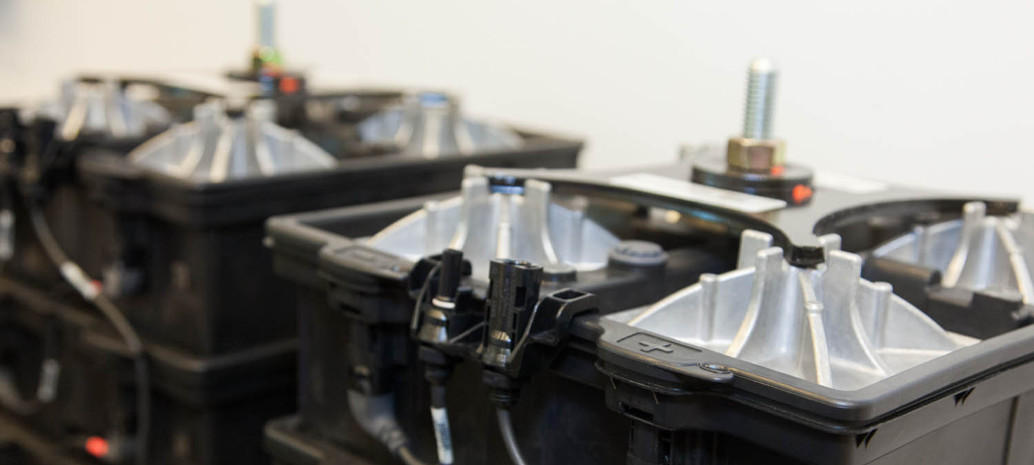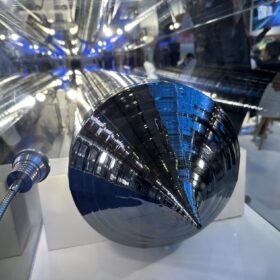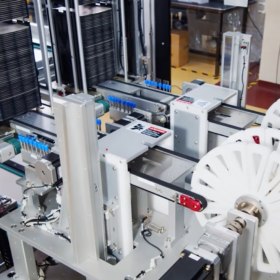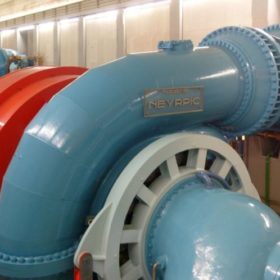Indian scientists have synthesized a bio-inspired electrocatalyst that can help develop efficient, low-cost renewable energy conversion and storage technologies such as fuel cells, biofuel cells, and metal-air batteries.
The electrocatalyst—developed by Dr Ramendra Sundar Dey and his team at the Institute of Nano Science and Technology (INST), Mohali—is based on iron (Fe), manganese (Mn) and N-doped fish gill derived carbon (Fe/Mn/N-FGC). It has a unique porous structure and could provide conductive carbon networks after heat treatment.
The catalyst, when used as an air cathode in zinc-air battery, was able to show active oxygen reduction reaction (ORR) in a wide range of pH (pH< 1, 7, and >13) and outperformed platinum-on-carbon (Pt/C) catalyst.
Study findings
Transition-metal atoms and/or heteroatom-doped carbon nanostructures are a crucial alternative to find a nonprecious metal catalyst for electrocatalytic ORR.
In their study, for the first time, the INST scientists demonstrated the formation of binary (Fe-Mn) active sites in hierarchically porous nanostructure composed of Fe, Mn, and N-doped fish gill derived carbon.
They fabricated a homemade rechargeable Zn−air battery (ZAB) with the catalyst as an air cathode, which showed almost stable charge−discharge voltage plateaus after rigorous cycling for a long duration. It surpassed the commercial Pt/C based ZAB performance.
The Fe/Mn/N-FGC catalyst showed onset potential (Eonset) of 1.03 V and half-wave potential (E1/2) of 0.89 V, slightly better than commercial Pt/C (Eonset = 1.01 V, E1/2 = 0.88 V) in alkaline medium (pH > 13). The remarkable ORR performance is attributed to the synergistic effect of Fe-Mn dual metal center, as evidenced by X-ray absorption spectroscopic study.
The scientists found that the reason behind the outstanding performance of this catalyst is the presence of Fe−Mn based binary moiety, which is beneficial for the Oxygen (O2) binding and boosting ORR catalytic performances in alkaline medium by weakening the Oxygen-Oxygen bonds.
The researchers have suggested that the careful selection of transition metals and heteroatoms together with engineering the synthesis protocol could lead to highly active low-cost electrocatalyst for energy conversion devices.
The results of the strategy to synthesize the bioinspired electrocatalyst have been published in the journal Inorganic Chemistry published by the American Chemical Society.
This content is protected by copyright and may not be reused. If you want to cooperate with us and would like to reuse some of our content, please contact: editors@pv-magazine.com.









Etc (evacuated tube collectors) nobody indian company is not their plz try this above product tq